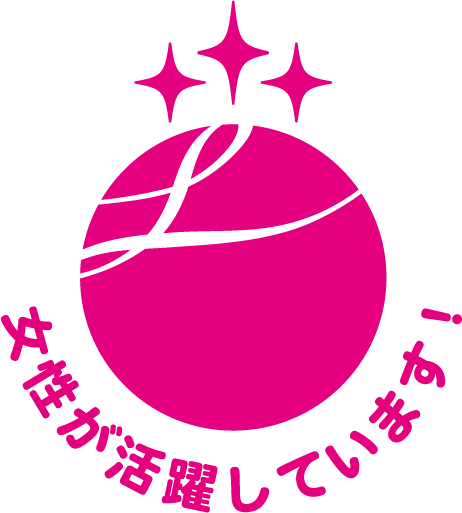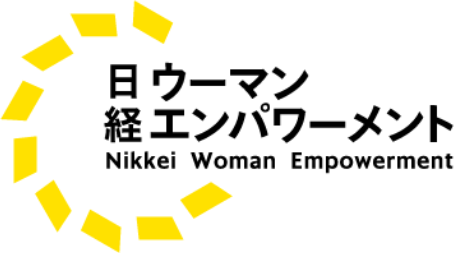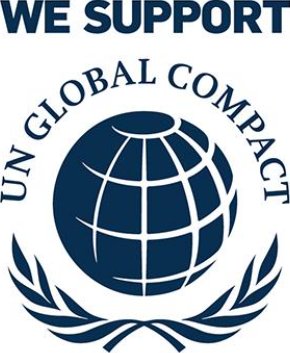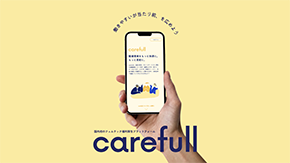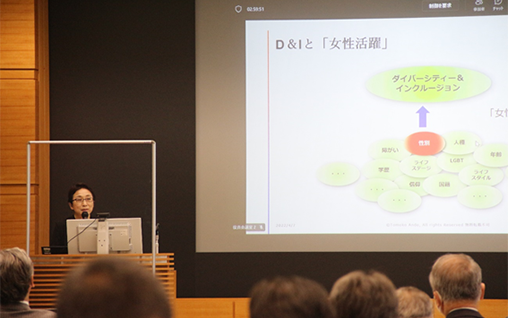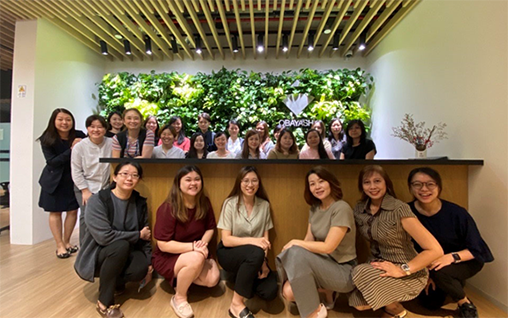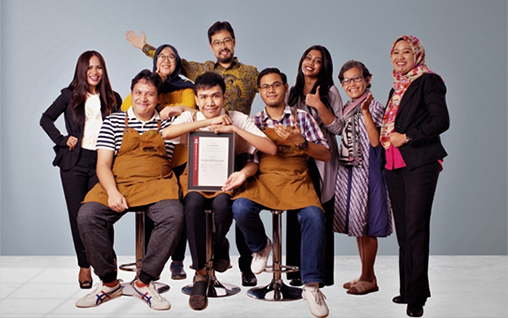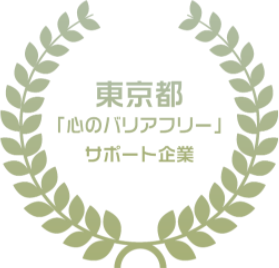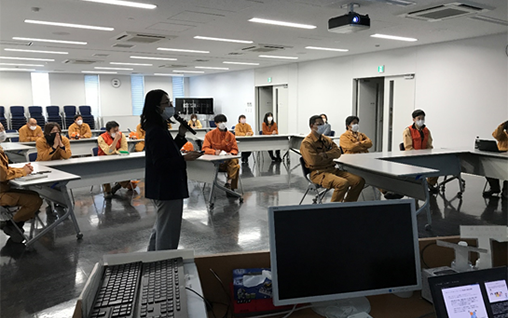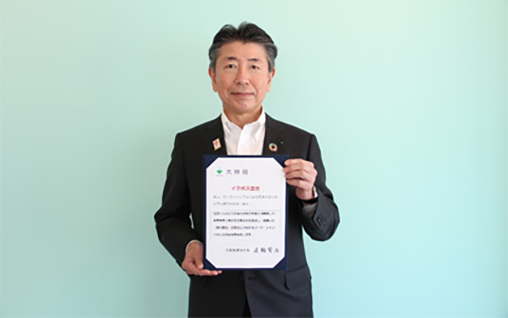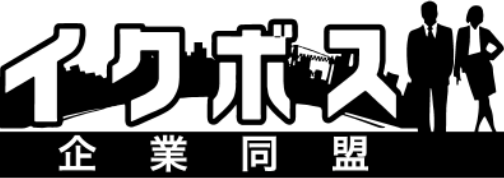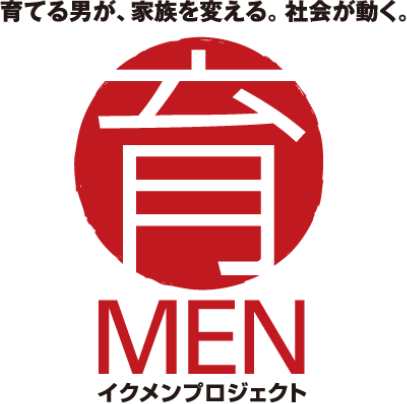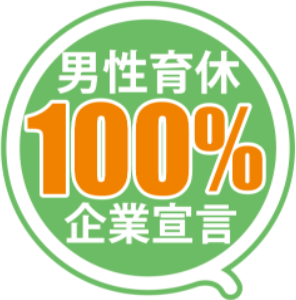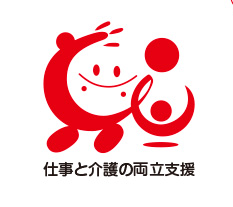| Ensuring time for doctor’s appointments |
Upon request, employees who are expectant and nursing mothers are able to secure time for prenatal health checkups prescribed in the Maternal and Child Health Act. |
| Change of break time |
Upon request, employees who are expectant and nursing mothers are able to take break times at different times from the set break times during work hours. |
| Exemption from overtime, etc. |
Upon request, employees who are expectant and nursing mothers are exempted from overtime work, working on day-offs and late night work. |
| Maternity leave program |
Expectant and nursing mothers are eligible for a leave of up to six weeks (14 weeks in case of multiple births) before childbirth and a leave of eight weeks after childbirth.
|
| Paternity leave program |
Due to a spouse giving birth, employees are eligible for a leave of up to five days (which can be taken one day at a time) during a period of six weeks before childbirth (a period of 14 weeks before childbirth in case of multiple births) and a leave of up to four weeks (which can be split into two leaves) during a period of eight weeks after childbirth. |
| Childcare leave |
Eligible employees may take leave to care for children younger than one year old (younger than two years old in case of an extension of leave, and younger than three years old if the child is unable to attend a childcare center, etc.) |
| Time for childcare |
Upon request, female employees raising a child younger than one year old may take 30 minutes of childcare time twice a day during work hours.
|
| Exemption from overtime |
Upon request, employees raising a preschool-age child are exempt from overtime work exceeding prescribed work hours. |
| Limitation of overtime hours |
Upon request, overtime hours (work hours exceeding eight hours a day) of employees raising a preschool-age child are limited to 24 hours per month and 150 hours per year. |
| Exemption of night work |
Upon request, employees raising a preschool-age child are exempt from night work (from 10 p.m. to 5 a.m.)
|
| Child nursing leave |
Eligible employees may take child nursing leave to provide nursing care (including vaccinations and health checkups) to infants and children up to Grade 6 (up to five days a year when an employee has one child and up to ten days when an employee has two or more children.)
|
| Child rearing leave |
Eligible employees may take up to five days of child rearing leave by using accumulated vacation day carryovers for the purpose of raising infants or children up to Grade 3 (attending first day of kindergarten or school, or attending school events, etc.) |
| Child rearing consecutive leave |
Eligible employees may take seven or more consecutive leaves by using accumulated vacation day carryovers to take care of children younger than two. |
| Shorter working hours for childcare program |
Employees, raising infants or children up to Grade 3, are eligible to work shorter working hours to care for their children. |
| Childbirth allowanceand next-generation children support subsidy |
30,000 yen is provided to eligible employees as a childbirth allowance. As a next-generation children support subsidy, 100,000 yen is provided to eligible employees for their first or second child and 300,000 yen is provided for a third or later child. |
| Babysitter cost subsidy program |
The babysitter cost subsidy is provided to eligible employees in need of babysitting services for an infant or child up to Grade 3, or pick-up or drop-off services to childcare centers, etc. |
| Fertility treatment expenses subsidy program |
The fertility treatment expenses subsidy is provided to employees receiving fertility treatments in a medical institution.
|
| Fertility treatment expenses and child education expenses loan program |
At Obayashi, a loan program for funding childbirth, fertility treatments, child education, etc. is available. |
| Health consultation and medical facility information services |
Employees may consult with doctors, nurses, midwives, and specialized counselors, including clinical psychotherapists, on pregnancy, child-rearing, medical facility information, etc. |




